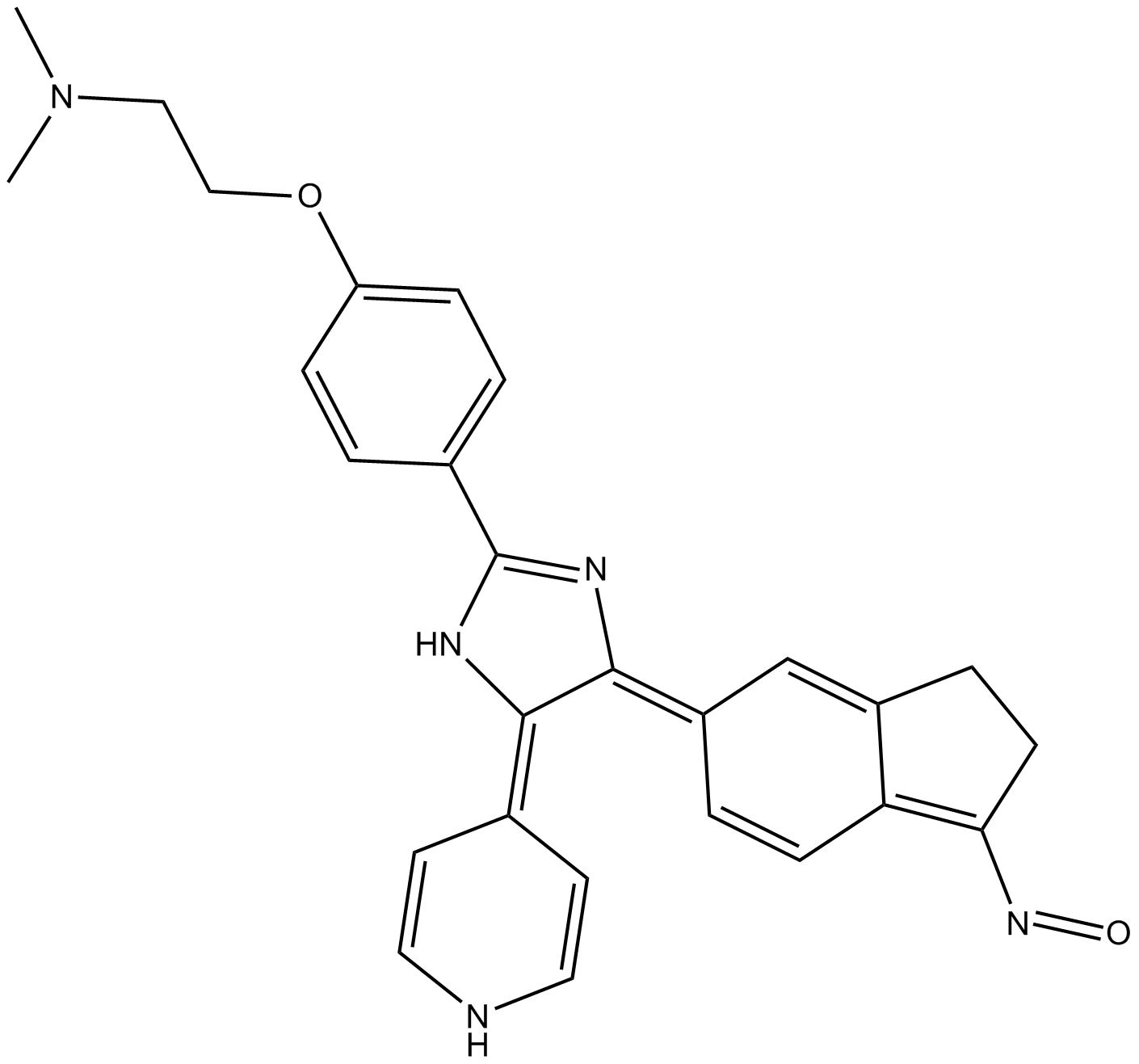Archives
Although CVB are a frequent cause of subclinical infection t
Although CVB are a frequent cause of subclinical infection, they may also cause other diseases such as viral myocarditis (Pallansch and Roos, 2001), symptoms of which may be seen either shortly after acute infection potentially triggering severe myocardial dysfunction, or during the chronic phase of disease resulting in dilated cardiomyopathy (DCM) (Feldman and McNamara, 2000; Yajima and Knowlton, 2009). Serological data initially suggested a link between viral myocarditis and DCM but with the exception of some pediatric cases, it was almost impossible to detect infectious virus in cardiac tissue samples from necropsies or biopsies. More recently, with the aid of molecular procedures, multiple studies have detected viral RNA (Feldman and McNamara, 2000; Ellis and Di Salvo, 2007) or viral proteins (Li et al., 2000) in heart tissue samples from patients with acute viral myocarditis or DCM. Currently, CVB are accepted as one of the most frequent viruses involved in heart infections (Feldman and McNamara, 2000). At the present time, no specific treatment is recommended for viral myocarditis (Feldman and McNamara, 2000), although type I interferon (IFN-I) has been recently administered to patients in the chronic phase of the infection (Kuhl et al., 2003), as well as in ex vivo (Kandolf et al., 1985) and in vivo models of viral myocarditis (Deonarain et al., 2004). In all of these studie s, IFN-I administration has shown promising results.
In this study, we show that both hESC and hESC-derived contractile embryoid bodies (hESC-EB) from three different cell lines express both CAR and DAF receptor transcripts and proteins, as well as the interferon-α/β receptor α chain 1 (IFNAR1) and IFNAR2 transcripts. We also found that all tsa hdac were susceptible to infection by the CVB1-5 strains. In addition, IFN-Iβ treatment reduced CVB-induced cell lysis and replication. We propose that hESC and hESC-EB as valid ex vivo models for the study different aspects of CVB infection of the heart.
s, IFN-I administration has shown promising results.
In this study, we show that both hESC and hESC-derived contractile embryoid bodies (hESC-EB) from three different cell lines express both CAR and DAF receptor transcripts and proteins, as well as the interferon-α/β receptor α chain 1 (IFNAR1) and IFNAR2 transcripts. We also found that all tsa hdac were susceptible to infection by the CVB1-5 strains. In addition, IFN-Iβ treatment reduced CVB-induced cell lysis and replication. We propose that hESC and hESC-EB as valid ex vivo models for the study different aspects of CVB infection of the heart.
Results
Discussion
Although murine embryonic stem cells have been cultured for almost twenty years, culture conditions for hESC remained elusive, and it took researchers a much longer time to define these complex conditions. Human embryonic stem cells were discovered a decade ago, after Thomson and co-workers developed a culture system able to maintain hESC indefinitely in an undifferentiated state (Thomson et al., 1998). In recent years, multiple protocols have been developed to produce various adult cells in vitro. Kehat et al. were the first to demonstrate that hESC can differentiate into cardiomyocytes (Kehat et al., 2001). Multiple publications thereafter proved these cells were mature cardiomyocytes, as defined by their gene and protein expression, as well as their physiological properties (He et al., 2003; Xu et al., 2002). Even though hESC-derived cardiomyocytes probably retain features related to their fetal origin; they are nevertheless mature enough to beat spontaneously and to respond to cell surface signals, such as incubation with NE which rapidly increases their beating rate.
Relatively few studies have evaluated CAR expression in hESC, although a recent paper reported striking variation in adenovirus infection rates among different hESC lines, correlating with CAR expression (Brokhman et al., 2009), the three cell lines studied in this paper, WAO9, HUES-5 and HUES-16, expressed CAR at similar levels. This difference may perhaps have due to differences in cell lines or culture conditions used. However, CAR transcript was always more abundant in hESC than in hESC-EB, a finding in agreement with expression levels found in embryos and adult heart tissue (Freimuth et al., 2008). Interestingly, CAR has been reported to be highly expressed in the hearts of DCM patients, and it has been suggested that these patients may be more susceptible to heart CVB infection (Noutsias et al., 2001). As for DAF, a protein present on the surface of normal cardiomyocytes (Zimmermann et al., 1990), cognate mRNA was also expressed at similar levels in all three cell lines studied. But, in contrast to CAR, mRNA levels were higher in EB than in undifferentiated cells.